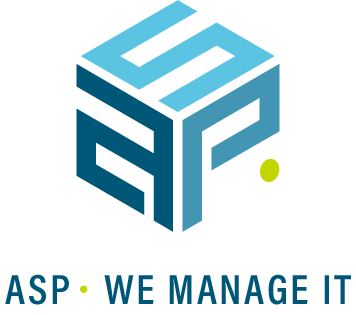Orchestration – Automate your efforts or lots of efforts to automate?
ASP is delivering its managed services activities within a light ITIL model. The platform and tools used for our IT service management, including ticket & case management, escalation, monitoring and KPI reporting, are Salesforce Service Cloud, combined with Nagios and PRTG, or Microsoft System Center Suite. A previous blog by my colleague Dany discussed the key questions to ask before selecting a Managed Services Provider.
Since a couple of months, I’ve been working on a project automating service requests for one of our customers in order to improve service delivery and easing meeting our agreed SLAs. To achieve this, we’re using the Microsoft System Center 2012 R2 suite: Service Manager for logging tickets and Orchestrator for executing them.
I’m not going to lie to you: it’s a fidgety little endeavor that’s opened my eyes on several occasions. But I’ve grown to be very excited about the entire project and this is why I wanted to share it with you.
Naturally, automation has some great advantages to it
So, how to start an automation / orchestration project?
1) Service Catalog
Define your Service Catalog:
2) Procedures
3) Candidates
Scrutinize your Service Catalog and find suitable automation candidates:
4) Possibilities
Check the possibilities of your choice of automation tool. Check which connectors are available and what can be done out-of-the-box vs scripted.
So, is this the magical solution to your operational dilemmas? No … but it will get you a long way already. Just be prepared to put in a lot of effort to gain even more. You will be spending a lot of time tweaking and optimizing your automation runbooks, you will become a PowerShell guru by experience and you will hit a couple of walls. Fortunately, in orchestration, there is always a way around any issue for the more creative souls among us.
Want to know more on how to start building your runbooks ? Stay tuned or give us a call!


